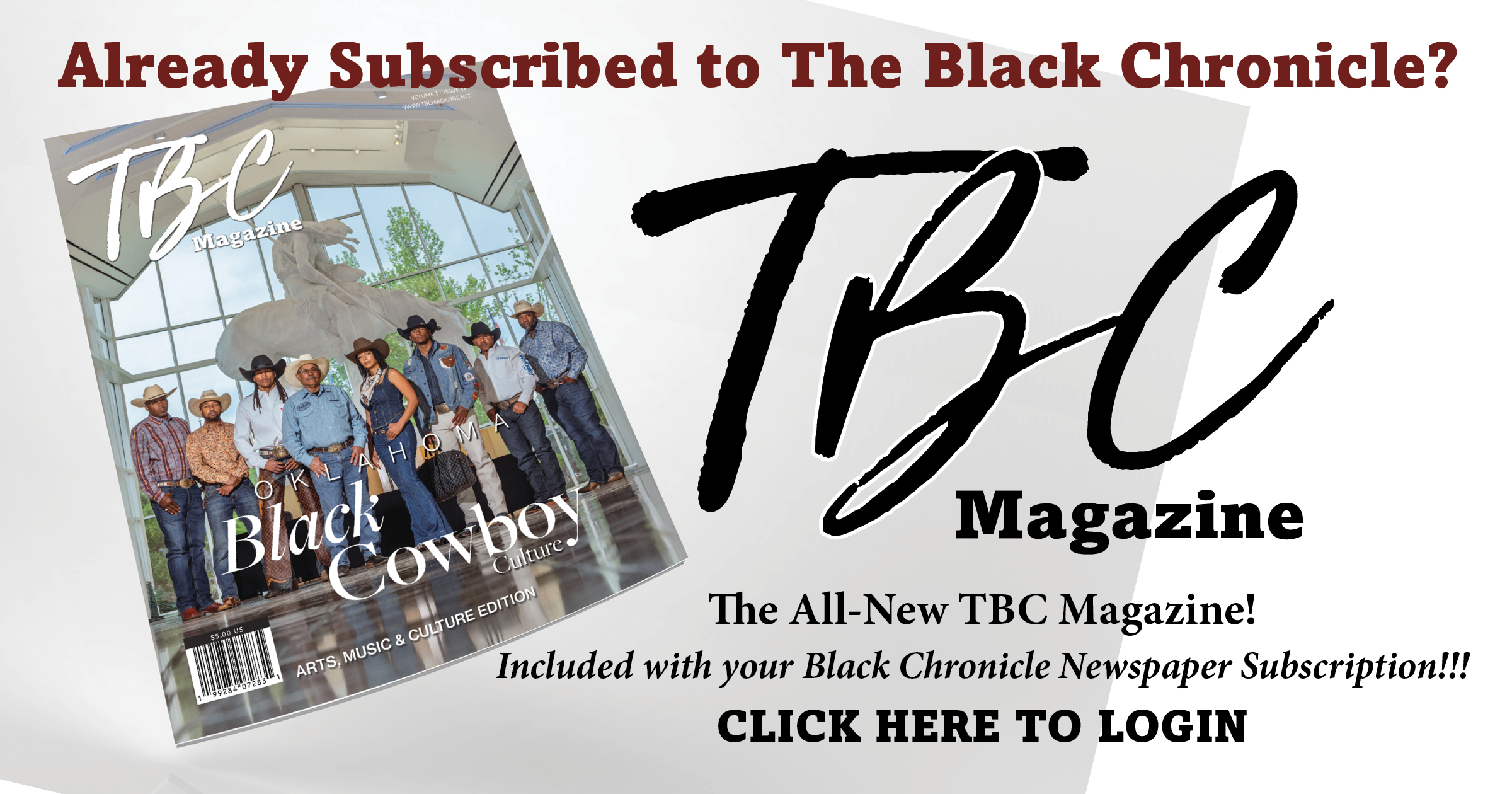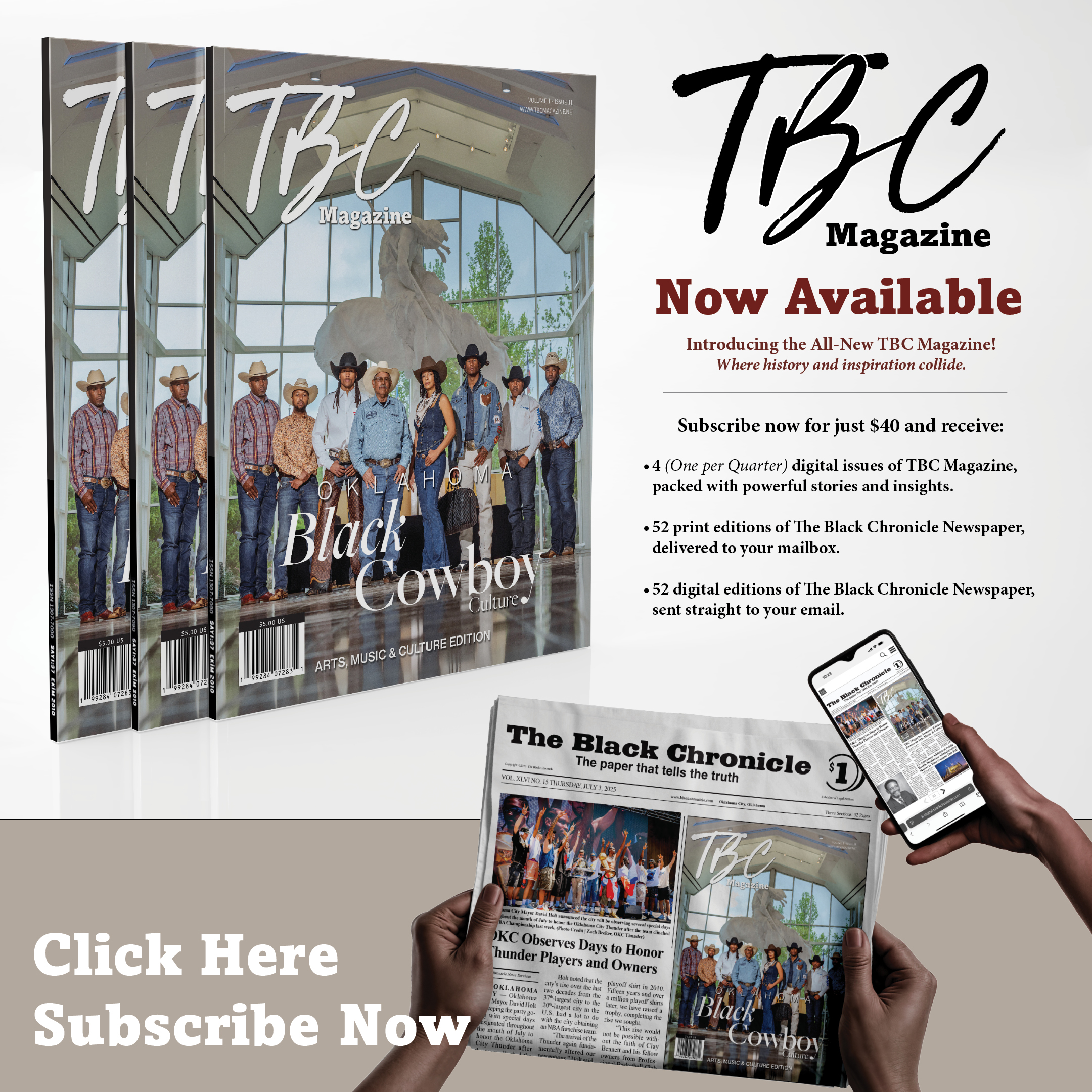(The Center Square) – Native American Heritage Month is on the horizon, and with it a host of unfinished sentences in the dialogue between the United States government and its native population.
Though it’s been 35 years since the month was made official by President George H.W. Bush, legislators have often been slow to address issues of concern to Indigenous Americans.
This year, a series of bills in the Pennsylvania House would continue the conversation. Rep. Chris Rabb, D-Philadelphia, has reintroduced measures to recognize Indigenous peoples and rectify some of the ongoing injuries caused by some American traditions.
Among them are the celebration of Columbus Day and the continued use of Native American tribes and symbols as school mascots, logos, and team names.
Rabb has proposed a bill that would mark the second Monday in October Indigenous Peoples’ Day. Along with it are bills that remove Columbus Day from the Banking Code and in the Legal Holiday Law of 1893.
More than the recognition of Native Americans, it’s the step away from American traditions that typically draws controversy in debates on the topic. Congressional House members have even drafted a bill that would punish cities who elect to celebrate Indigenous Peoples’ Day in lieu of Columbus Day by cutting federal funding. They point to Columbus as a heroic figure, especially for Italian Americans.
Others say that Columbus’s accomplishments are overstated and many point to his landing as the beginning of what would develop into centuries of colonization, slavery, and genocide in the Americas.
It’s a dark story in stark relief to the Columbus many generations of Americans were taught about in elementary school classes.
In his memo supporting the bills, Rabb kept it much simpler, writing, “We have arrived at a time when more people have come to acknowledge the simple fact that we need no longer celebrate a man who never stepped foot on the mainland of what is now the United States of America in his failed attempt to find a quicker route to India on behalf of Spain.”
Rabb also emphasized the way cultural representations of Indigenous People continue to cause harm today.
“Decades of social science research have shown how derogatory mascots have a serious negative psychological and social impact on those with an indigenous heritage,” wrote Rabb. “In fact, it is well established that mascots, logos and the like that stereotype or fetishize indigenous peoples highly correlate to the alarmingly high suicide rate among Native youth. At its core, the use of Native American mascots is a denial of the personhood of Native peoples, which has real consequences.”
While one of his bills would ban the use of these symbols, another would offer grants to support schools in replacing them. Overhauling an entire school is no small feat and comes at great expense. Schools who volunteer to make the switch would be eligible for funding to see it through.
The change isn’t unheard of. One such school, Unionville High School in Chester County, made the switch from Indians to Longhorns in 2021 after considerable community debate. The school hasn’t suffered much for it, ranking 5th in the state by U.S. News and World Report.
The change can be costly. Last year, Indian River School District in Delaware announced that it would be spending $200,000 and three years to make the shift from Warriors to Wolves.
In 2020, there were over 60 schools in the commonwealth with Native American mascots and nicknames.





